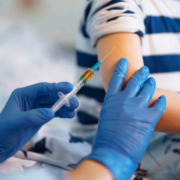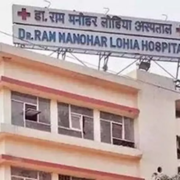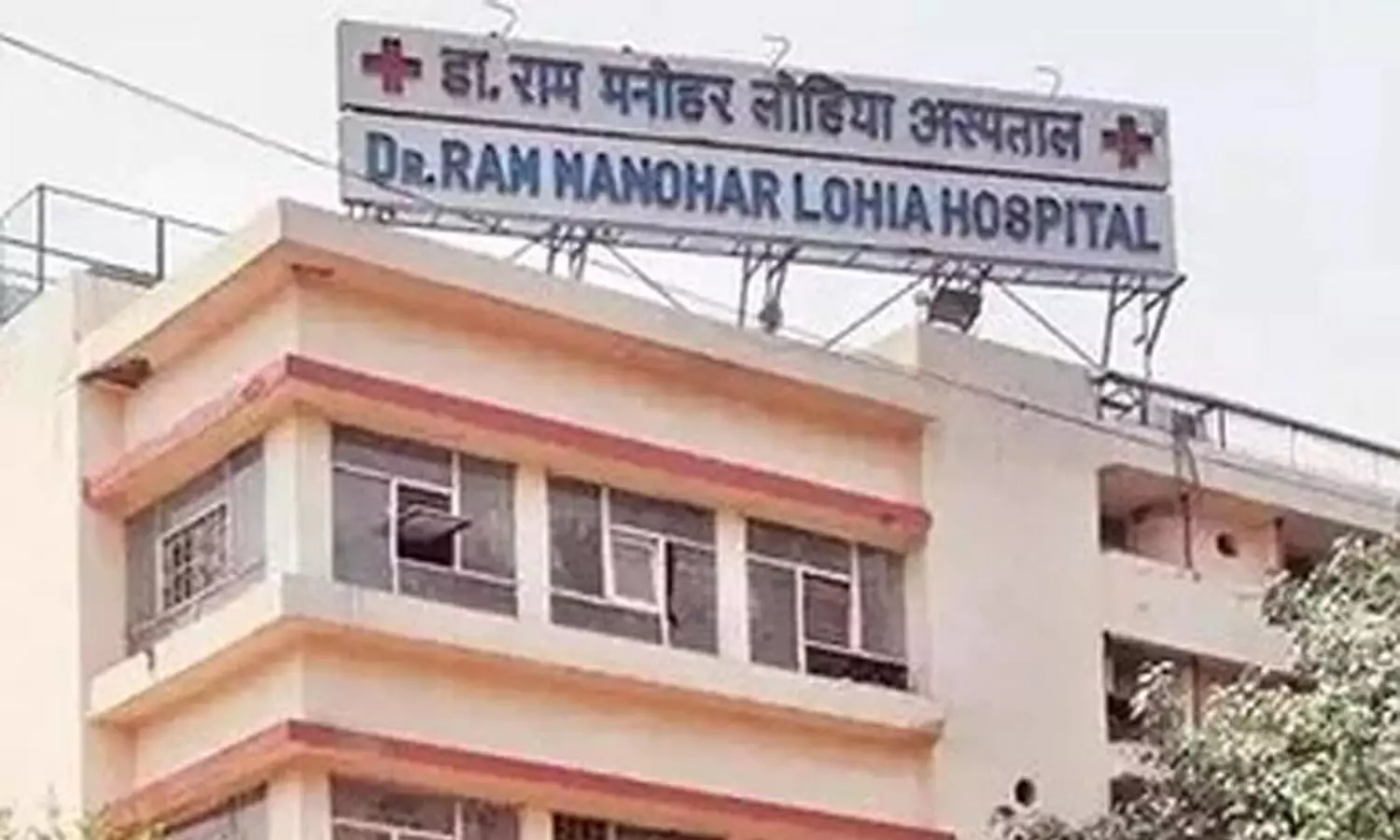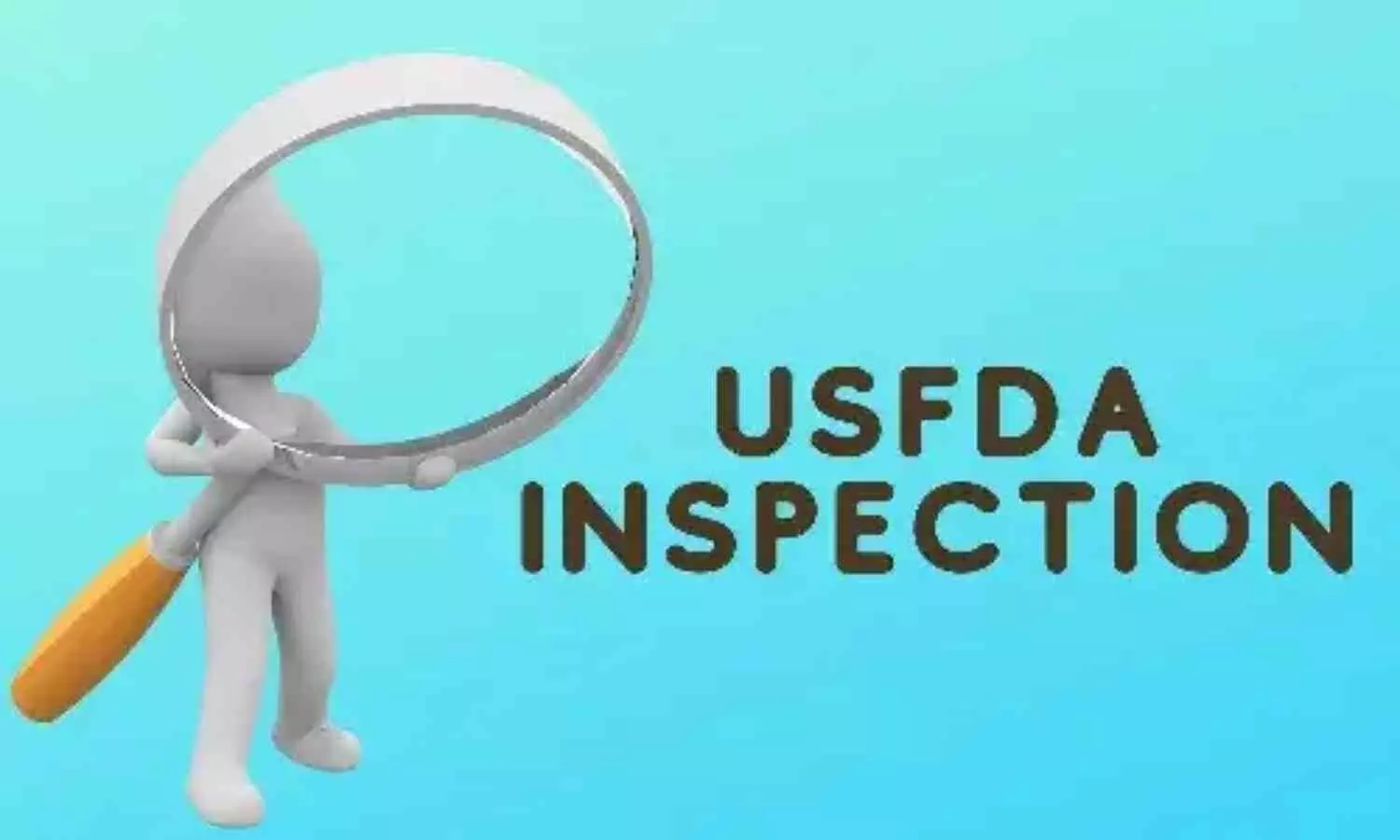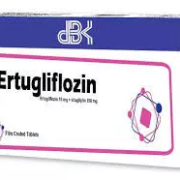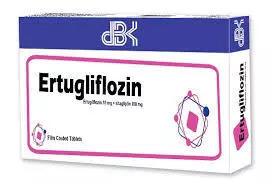Nearly 12 percent of India’s eligible children received no dose of measles vaccine: Study

New Delhi: Nearly 12 percent of children in India who are eligible for measles vaccination have received none of the recommended double-dose, signalling a “concerning gap” in immunisation coverage, a new study has found. The findings showed that zero-dose cases were high in the northeastern states, with Nagaland reporting the greatest share at 26 per cent. Tamil Nadu was found to report the lowest at 4.6 per cent.
Researchers from the Ministry of Health and Family Welfare and Banaras Hindu University in Varanasi investigated previously overlooked critical aspects of measles vaccination, focusing on zero-doses, partially vaccinated, and those fully immunised. They analysed data of over 43,000 children aged 2-3 years, collected through the National Family Health Survey 2019-21 (NFHS-5).
The team found that close to 30 per cent of the eligible children have received only one measles-containing vaccine (MCV1), while about 60 per cent have been fully immunised (MCV2). The findings are published in the journal Vaccine.
In 2017, India adopted the National Strategic Plan for Achieving and Sustaining Measles and Rubella Elimination. The researchers acknowledged that disruptions due to the COVID-19 pandemic heightened the risk of measles in vulnerable populations.
While immunisation programmes were eventually resumed in a phased manner, measles zero-dose children pose a significant obstacle to achieving goals of eliminating the acute and highly contagious viral disease, the researchers said. Occurring primarily in children, symptoms can include high fever, cough, runny nose and a rash all over the body.
Being vaccinated is the best way to avoid getting sick and spreading the disease, according to the World Health Organization.
The analysis also revealed huge inter-district variations, according to the researchers. They found that in Uttar Pradesh, while Prayagraj and Banda districts were found to have about 34 per cent and 32 per cent of these cases, respectively, Hapur and Etawah have 2.6 per cent and 2.1 per cent of zero-dose cases.
The researchers said Arunachal Pradesh was another such example, where the West Siang district had the greatest share with almost 50 per cent of eligible children receiving no dose of the vaccination, while the Lower Dibang Valley district had only 2.8 per cent of such cases.
Socio-demographic factors were analysed to influence the measles vaccination status of children, with those born later in the family being less likely to have received no dose.
Low levels of wealth and mother’s education too were found to increase the odds of children not receiving any dose of the vaccination.
Vaccine hesitancy, possibly influenced by culture and misinformation, can also lead to lower inoculation rates, the researchers said.
“Socioeconomic factors play a significant role in measles transmission, with individuals from lower socioeconomic classes experiencing higher attack rates resulting in outbreaks,” the authors wrote.
The findings underscored the need for tailored strategies, especially within districts displaying close to 10 per cent variability in zero-dose cases, the researchers said.
“The identification of a notable percentage (11.5 per cent) of children receiving zero-doses signals a concerning gap in immunisation coverage,” the authors wrote.
“This highlights the importance of last mile effort and application of big push theory in terms of more frequent rounds of campaigns mode vaccine delivery for the target of 95 per cent vaccine coverage for population-level immunity,” they wrote.
Powered by WPeMatico

